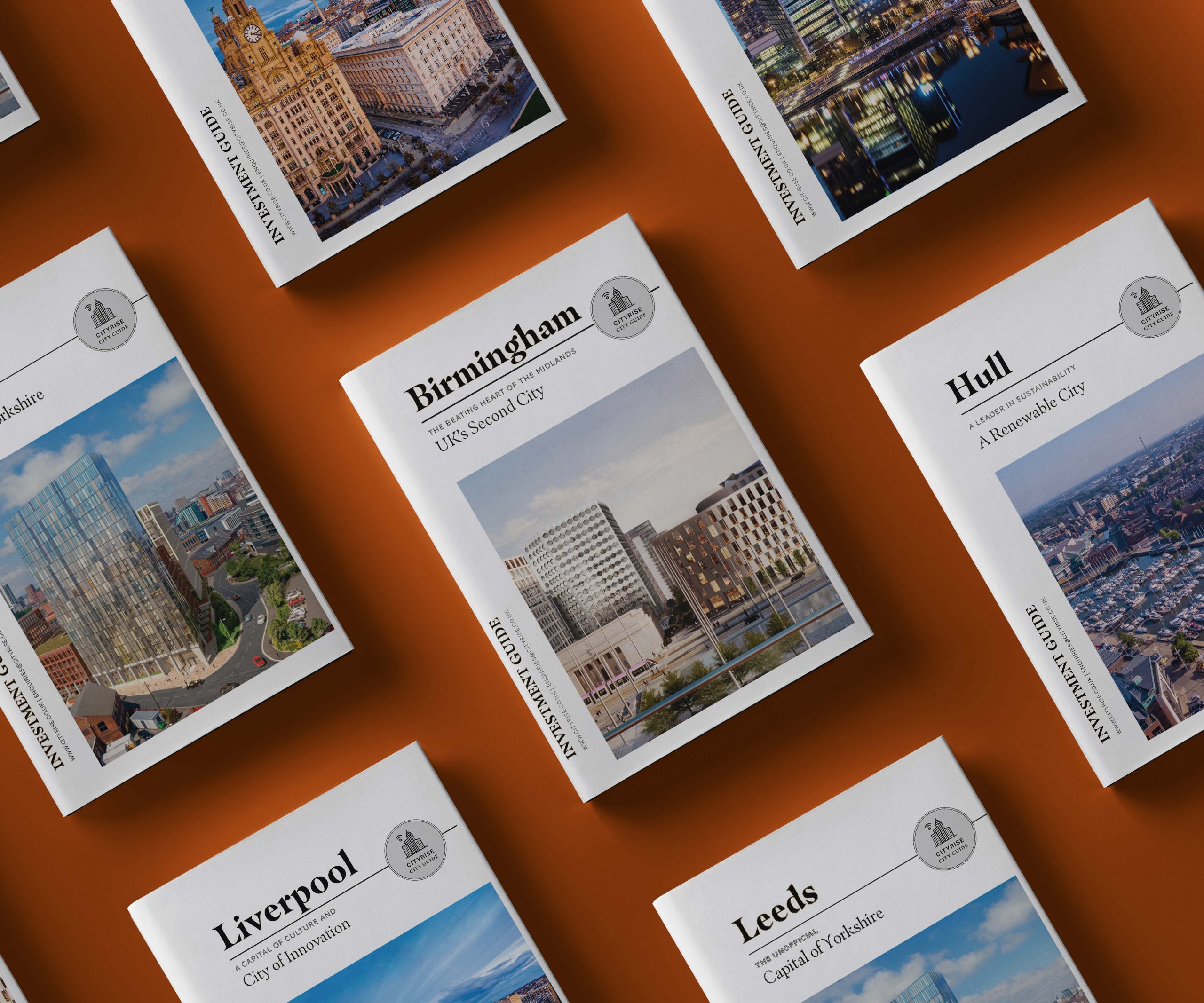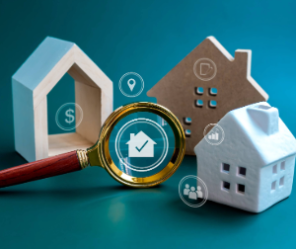Join CityClub
To Access Exclusive Off-Market Opportunities
What is a rental yield?
A ‘rental yield’ is a percentage that shows the yearly rental income of a property compared to its current value. This percentage helps investors calculate their potential return on investment (ROI) and gauge whether such an investment is profitable enough.
What is a good rental yield?
Rental yields vary based on where the property is, how much it costs, and how much profit it is making. However, a good rental yield would be about 5-6%, and anything above would be very good and provide a large return on investment.
How do I calculate a rental yield?
TO calculate a rental yield, you will need to work out the annual rental income of a property and divide it by the current market value, and then multiply that by 100. To calculate the NET yield, you will need to deduct expenses such as maintenance and ground rent from the annual rent.

What is capital growth?
‘Capital growth’ is the increase in a property’s value over time. This can be affected by factors such as location, a supply-demand imbalance, and urban regeneration. Once an investor decides to sell, the capital growth will be the difference between the purchase price and the sale price. This would be their capital gain.
What is ROI?
ROI stands for return on investment, which is what landlords will use to see how much profit they have made from investing. To calculate this, you will need to do this equation: (profit – cost) / cost x 100. This will show you the percentage ROI from your investment.
What is ROCI?
ROCI stands for return on capital invested, and it is used to work out the profits made on an investment by looking at the annual profit compared to the cash invested. Unlike working out the rental yield or ROI, which uses the total property value, ROCI is calculated the amount of money invested, such as a deposit, rather than the total cost.

What are mortgage rates?
‘Mortgage rates’ are the amount of interest the buyer pays on their loan. There are a variety of mortgage options available, including:
Fixed-rate – The most popular mortgage option. This is when the rate is agreed upon with the lender and will be fixed for a set term, ranging from 2 to 5 years.
Standard Variable – Usually the most expensive on the market. The lender can change rates with little to no notice.
Discount Variable – Only available for up to two years. This gives the buyer a -1% discount on their interest rates.
Tracker – Usually follows the Bank of England base rate, with an additional 1.5%. This can be cheaper than a fixed rate, but is harder to budget for.
How much is a buy-to-let mortgage deposit?
Usually, the minimum deposit needed to secure a buy-to-let mortgage is 25%, although this can vary between 20 and 40% depending on the lenders. Most investors put a higher deposit down to lower their mortgage payments to see a higher monthly income.

What is a BTL property?
A ‘BTL’ or ‘buy-to-let property’ is a type of property that is bought to be rented out to tenants. A buy-to-let property is usually designed to benefit both investors and attract tenants through location, appliances, and EPC ratings.
What is off-plan property?
An ‘off-plan property’ is a property which has not been completed yet. There are many benefits of investing in an off-plan development, therefore, it is an attractive option for many landlords.
What is an off-market investment?
An ‘off-market investment’ usually refers to when a property is in development but not listed to the public yet. These offer investors the opportunity to get early access to preferred units in the property.
What are HMO’s?
A ‘HMO’, or a ‘home of multiple occupants’, is a property which is rented out to multiple tenants at one time. This is a popular strategy often used as student accommodation, as rent per tenant is typically lower due to the smaller spaces.

What is stamp duty?
‘Stamp duty’ or ‘Stamp Duty Land Tax’ is a compulsory payment when purchasing property. The cost can vary significantly depending on the price of the property, if you have bought a property before, where you are buying from, and the type of property purchase being made.
How much is stamp duty?
Stamp duty ranges from 0-19% of the property price. The current rates are:
up to £125,000 = 0%
£125,001 – £250,000 = 2%
£250,001 – £925,000 = 5%
£925,001 – £1.5 million = 10%
Over £1.5 million = 12%
+5% surcharge for additional properties
+2% surcharge for overseas buyers
Do I have to pay stamp duty?
First-time buyer relief means that people buying their first property don’t pay stamp duty for properties up to £300,000. Additionally, if you are buying a property but selling your previous one, so you only own the one, you won’t pay stamp duty up to £125,000.

Should a BTL be furnished or unfurnished?
This is completely up to the investor. Furnished apartments can increase rents by up to 20% according to OnTheMarket. However, the landlord must consider the additional cost of buying and maintaining the furniture. Unfurnished apartments may not bring in as high a rental income, however, the landlord will not be liable for any damage or wear and tear to furniture.
Should I use a property management service?
Using a property management service is a great way to be a hands-off landlord. For investors looking for a hassle-free experience, their property can be maintained, tenants sourced, and payments managed. This comes at a small cost, usually a small percentage of the monthly rental income, but can save the landlord a lot of time and money in the long term.
What are the average UK rents?
As of February 2025, the average UK rent is £1,326 per month. This is an impressive growth of 8.1% from this time in 2024, showing the rise in returns for landlords.

Speak to an Investment Consultant Today
If you have any further questions or if you are looking to invest, contact us today and one of our Investment Consultants
Explore our Investment Guides
Take a look
As Seen In
Join CityClub Today to Receive:
- Priority access to exclusive off market investments
- Below market value pricing
- Out of hours investor support chat
- Allocated solicitor for hands free conveyancing

















